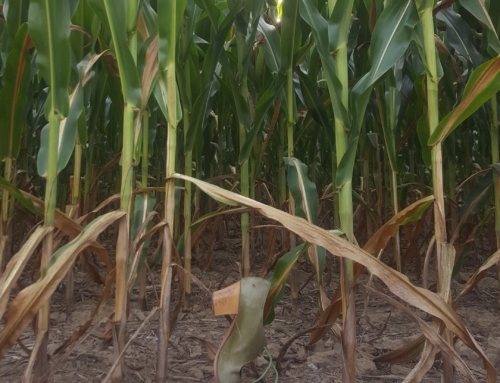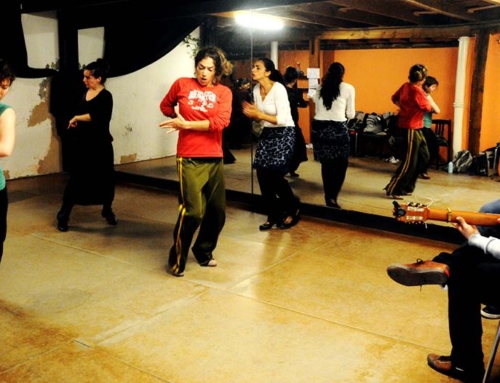The availability of video changes dance. It changes the way we learn, the way we remember, and even the way we dance. Are we all just youtube dancers nowadays, where the in-person experience no longer matters, where how we look in a four inch screen is more important than transmitting something real to an audience in person?
In flamenco, we are now able to watch videos of dancers that have long ago passed away. Suddenly we don’t rely merely on oral transmission, we can learn entire dances from the internet. But the problem is we don’t understand where the steps came from, or the intentions behind them. It is great to be able to see all these videos of famous dancers, but dance was not meant for two dimensions and there is something that is lost in its translation from live three-dimensional performance. Nevertheless, it’s wonderful that we can actually see these historic figures and at least get a sense of their style and expression.
As students, we can record the steps we learn in class so that we don’t have to practice them as frequently–they are saved on our computers for whenever we need them, rather than saved in our memory and muscle memory. But that cuts the creative process short. Instead of being forced to remember a piece, to keep it up, or when we don’t remember it, remembering what we can and filling in the gaps with our own steps or new steps, we just copy and paste from a video. But is that really art? Does it matter how we learned a step? I’m not going to lie–I’ve been inspired by steps on youtube, I’ve never copied word for word simply because I’ve never found a step that I could or wanted to copy sound for sound or movement for movement, but many times I’ve been inspired by something on youtube.
As dancers, our vocabulary is limited by video storage. Imagine if instead of learning what a word meant in a language, you took a picture of the dictionary definition and saved that photo to your computer along with hundreds of other words. (Although we do this too nowadays with language/facts on the internet–thank you wikipedia). Instead of expanding your vocabulary, you simply know there exists a larger vocabulary but can’t pull the words from the top of your head.
Also, a dance made for video versus a dance made for stage has to take into account different elements. Certain movements are lost on camera, others become more exaggerated. If you transfer dance to two dimensions, in general I feel like every movement reads less; dance on camera is a genre in and of itself with its own codes and aesthetics. So are dancers starting to dance differently nowadays because they know their work is going to wind up on youtube no matter how hard they try to control that? (Which opens up a whole other world of copyright issues.)
A positive use of video:
I had my friend Ellen video my performance at Niño Alfalfa. I feel bad when I ask a friend to video me. If they were already planning on coming to my show, it’s like they will lose out on the experience because instead of watching me live, they will be staring at a two-inch screen version of the performance. I will never understand why people of their own volition film a performance–watching it through the screen–rather than experiencing it (I’ve seen this countless times, especially in NYC.)
I needed the video for learning purposes. Watching a video of myself is not an easy process. Actually, it’s generally an incredibly painful process. Nothing looks as good as I think, and I notice all kinds of things I need to work on; it has to be done though, because there is no better way to see if everything you’ve been working on actually works. I saw that in some places of my seguiriya I wasn’t as clear as I could have been. I was able to see why certain steps worked and others did not. And I realized some parts that I knew did not go as planned weren’t actually as bad as I had thought.
Then to help me figure out how to more clearly tell the guitarist what I wanted, I watched videos of well-known dancers on youtube, and payed particular attention to the guitar accompaniment. And, the second time in my life that I danced por seguiriya, it went about 100 times better, and I don’t think that would have been possible if I had not done my videoing homework.
Whether or not we like it, the way in which video permeates our culture affects dance. Its effects are both negative and positive, depending on how we want to use video. It’s just something to keep in mind next time we break out our cameras or start searching for performances on youtube.





Leave A Comment